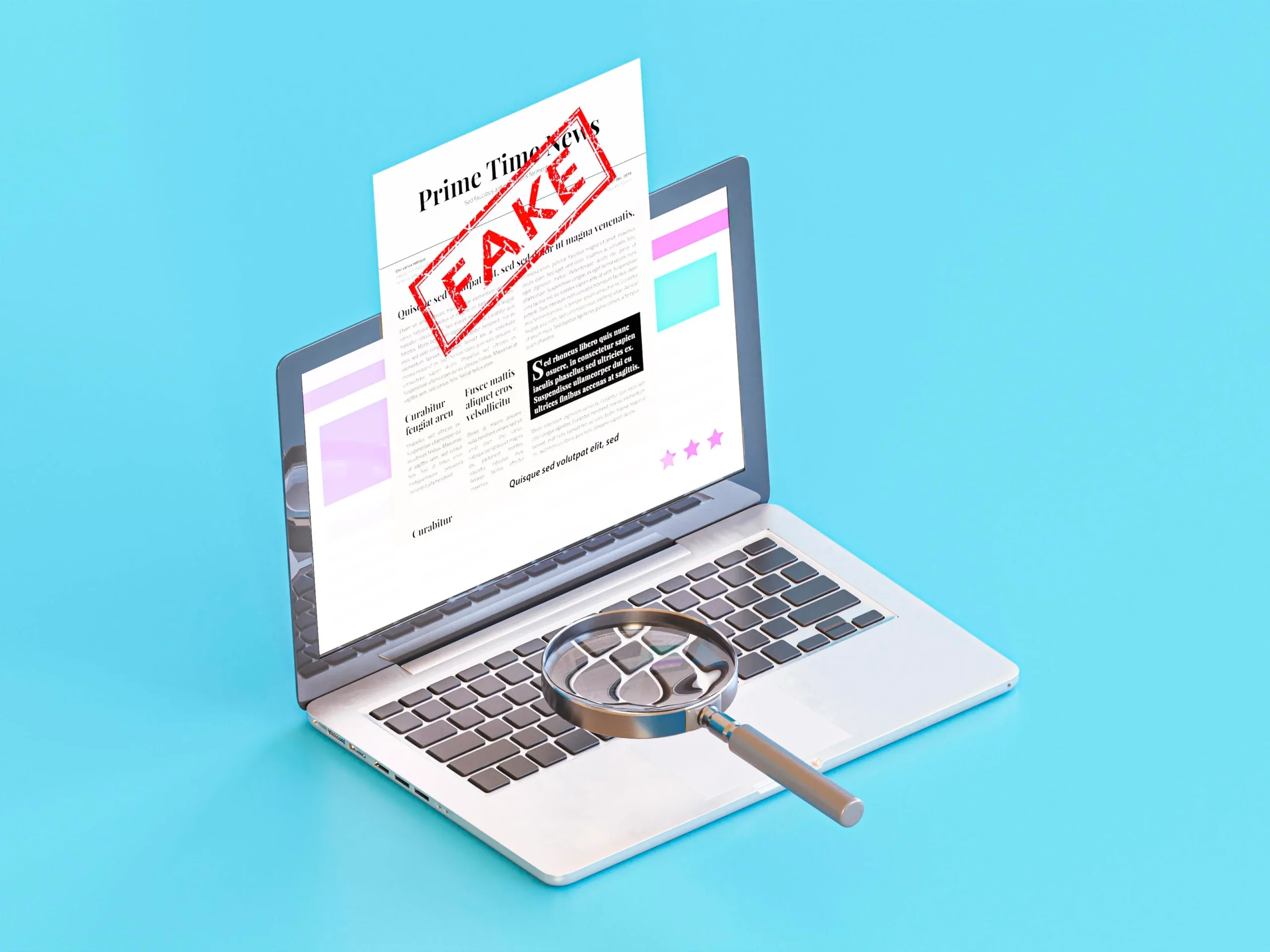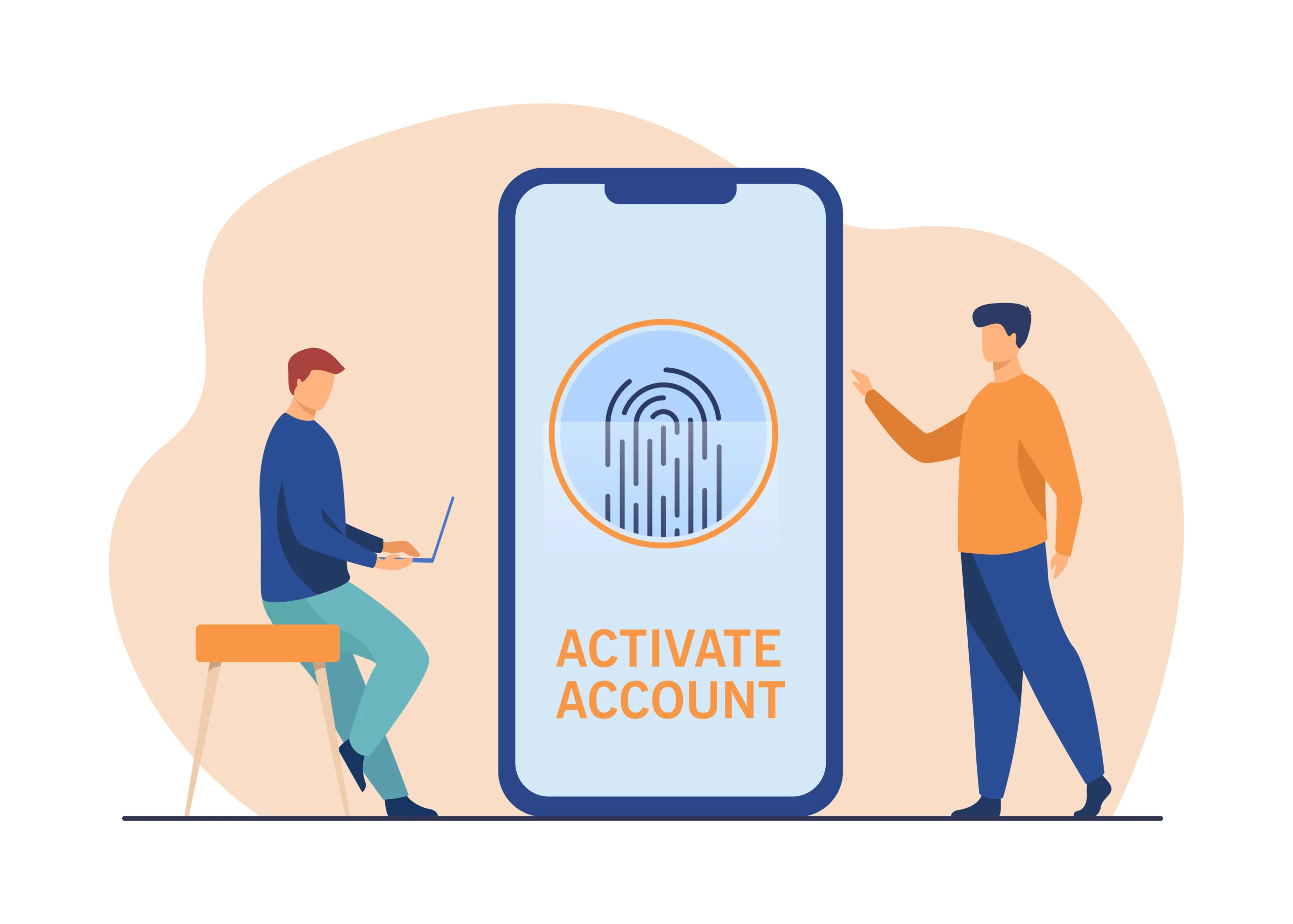In today’s digital age, the internet is an indispensable resource, but it also comes with risks. One of the most prevalent dangers is fake websites, which can be used for scams, phishing, and spreading malware. Knowing how to identify these fraudulent sites is crucial for protecting your personal information and maintaining your online security. This guide will walk you through the essential steps to determine if a website is fake, using various indicators and best practices.
Understanding the Risks of Fake Websites
Why Fake Websites are a Problem
Fake websites are designed to deceive users into believing they are legitimate. They can:
- Steal personal information, such as passwords, credit card numbers, and Social Security numbers.
- Distribute malware and viruses.
- Engage in phishing attacks to gain access to sensitive accounts.
- Defraud users by selling counterfeit products or services that never get delivered.
Common Types of Fake Websites
- Phishing sites: Mimic legitimate websites to steal login credentials.
- Scam e-commerce sites: Offer products at unbelievable prices but never deliver.
- Clone sites: Copy the design of reputable websites to trick users.
- Malware sites: Distribute harmful software that can damage your device or steal data.
Identifying Fake Websites: Key Indicators
1. URL and Domain Name
Check for HTTPS
Always look for “https://” at the beginning of the URL. The “s” stands for secure and indicates that the site uses SSL encryption to protect your data. However, note that some fake websites also use HTTPS, so it’s not a foolproof indicator.
Analyze the Domain Name
- Misspellings and Extra Characters: Fake websites often use misspelled versions of popular domain names (e.g., amaz0n.com instead of amazon.com).
- Subdomains: Be cautious of URLs with unnecessary subdomains (e.g., account.google.com.signin.fake.com).
- Domain Age: New domains can be suspicious. You can use WHOIS lookup tools to check the age of a domain.
2. Website Design and Content Quality
Professionalism and Usability
Legitimate websites usually have a professional design, while fake websites may look poorly designed or incomplete. Look for:
- High-quality images and graphics.
- Consistent fonts and styles.
- Proper grammar and spelling: Fake websites often have numerous spelling and grammatical errors.
Contact Information and About Us Page
Legitimate websites typically provide clear contact information, including physical addresses, phone numbers, and email addresses. They also have detailed “About Us” pages. Be wary if this information is missing or seems vague.
3. Trust Seals and Certifications
Check for Trust Seals
Trust seals from organizations like Norton, McAfee, and BBB indicate that a website has been verified for security. However, these seals can be faked. Click on the trust seal to verify its legitimacy. It should link to a certification page on the issuer’s website.
4. User Reviews and Feedback
Search for Reviews
Look for reviews of the website on third-party platforms like Trustpilot, SiteJabber, and the Better Business Bureau. Be cautious if there are no reviews or if all reviews are overwhelmingly positive, which could indicate fake reviews.
5. Payment Methods
Secure Payment Options
Legitimate e-commerce websites offer secure payment options like credit cards and recognized payment gateways (e.g., PayPal). Be cautious of sites that only accept wire transfers, cryptocurrency, or other untraceable payment methods.
Tools and Techniques to Verify Website Authenticity
1. WHOIS Lookup
WHOIS lookup tools allow you to see the registration details of a domain, including the registrant’s contact information and the domain’s creation date. This can help you determine if a site is legitimate.
2. Website Security Checkers
Tools like VirusTotal and Google Safe Browsing can scan a website for malware and phishing threats.
3. SSL Certificate Check
Tools like SSL Labs can verify the SSL certificate of a website, ensuring it is properly configured and valid.
4. Checking for Malware
Use reputable antivirus software to scan websites and downloads for malware. Tools like Malwarebytes can help identify and remove malicious software from your device.
Advanced Techniques for Tech-Savvy Users
1. Inspecting HTML Source Code
Tech-savvy users can inspect the HTML source code of a website to look for suspicious elements, such as hidden iframes, JavaScript from untrusted sources, or obfuscated code.
2. DNS and IP Address Analysis
Analyze the DNS records and IP addresses associated with a domain using tools like DNSstuff or IPVoid. Suspicious IP addresses or mismatched DNS records can indicate a fake website.
Best Practices for Staying Safe Online
1. Use Antivirus and Anti-Malware Software
Always have up-to-date antivirus and anti-malware software installed on your devices to protect against threats.
2. Enable Two-Factor Authentication (2FA)
Enable 2FA on your online accounts to add an extra layer of security, making it harder for attackers to gain access.
3. Be Cautious with Emails and Links
Phishing emails often contain links to fake websites. Be cautious when clicking on links in emails, especially if they are unsolicited or seem suspicious.
4. Educate Yourself and Stay Informed
Stay informed about the latest online threats and scams. Regularly educate yourself on new techniques used by cybercriminals to stay one step ahead.
Conclusion
In a world where fake websites are increasingly sophisticated, knowing how to identify them is crucial for your online safety. By following the steps outlined in this guide—checking URLs, analyzing website design, verifying trust seals, reading user reviews, and using various verification tools—you can protect yourself from falling victim to online scams. Stay vigilant, use trusted security tools, and always err on the side of caution when something seems too good to be true. Your awareness and proactive approach are your best defenses against the ever-evolving tactics of cybercriminals.


